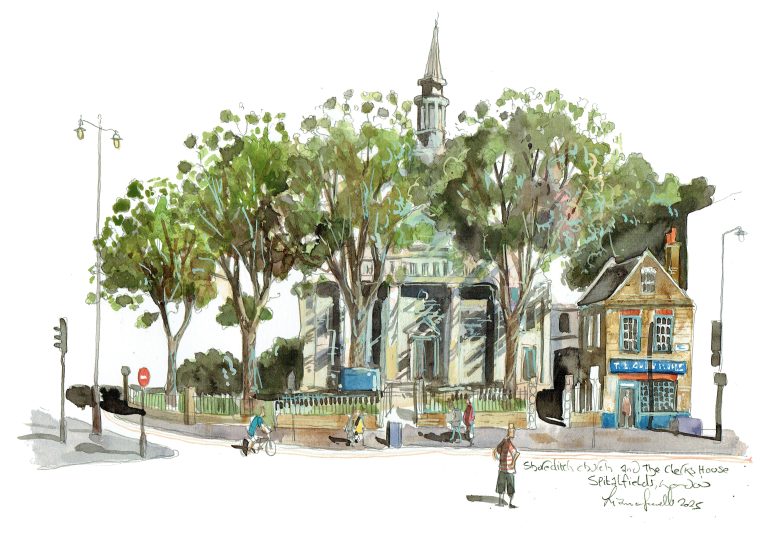Earlier this year, I was approached by the RSPB to paint a Redwing for their Autumn/Winter publication.
As part of the commission, the RSPB also asked me to create an accompanying tutorial to show readers how to paint one themselves. It was an interesting project, as I don’t usually stop to think about how I work. This time, however, I carefully planned each stage in eight parts. Once each part was complete, I photographed myself at work and added a few short notes about the techniques and colours I used.
I noticed that I tend to build up my watercolours in layers to add tonal value and intensity. It’s often thought that you can’t paint over watercolours, but that isn’t true. If you wait until each layer is dry, you can add another on top — a very effective way to enhance your work.
When the painting was finished, I was pleased to hear that the client was “delighted” with it. In painting the Redwing and reflecting on my own process in order to teach others, I think I’ve learned something valuable myself.
A bit about the Redwing
The Redwing (Turdus iliacus) is a small migratory thrush found across Europe and Asia. Recognizable by its creamy white eyebrow stripe and distinctive reddish-orange flanks and underwings, it is slightly smaller than a Song Thrush. Redwings breed in northern regions, especially Scandinavia and Russia, nesting in forests and scrubland.
During winter, they migrate south to the British Isles, southern Europe, and North Africa in search of berries and insects. Their high-pitched “tsee” call often announces large flocks flying overhead at night. Adaptable and resilient, the Redwing is a cherished winter visitor, symbolizing the changing seasons in many parts of Europe.




